In the past few years, bathroom decoration has received increasing attention in the global home decoration market. The bathroom has gradually evolved from a purely functional space to a place for relaxation, health, and even a 'home spa'. In this trend, bathtubs have become the focus of design, and acrylic tub have become star products.
They are lightweight, diverse in design, reasonably priced, and have quickly become popular in North America, Europe, and Asia. Many families prioritise acrylic bathtubs when decorating or installing new bathrooms. However, the industry debate still exists: do they provide enough lifespan and a sense of premium? Can they compete with cast-iron or stone bathtubs in high-end projects? This article systematically examines the advantages and disadvantages of acrylic bathtubs, conducting an in-depth analysis in conjunction with industry trends.
What is an Acrylic Bathtub?
Acrylic bathtubs are typically formed by heating a piece of acrylic material and then reinforcing it with fibreglass or other support materials. Its smooth and pore-free surface has strong resistance to dirt. Compared to cast iron, enamel, or natural stone bathtubs, they are significantly lighter and easier to transport and install.
Core Characteristics:
Lightweight: Over 50% lighter than cast iron, significantly reducing installation complexity.
High ductility: Can be moulded into diverse curves and intricate shapes.
Moderate cost: Affordable pricing catering to the mass market while meeting mid-to-high-end demands.
Easy maintenance: The Surface is easy to clean, and minor scratches can be repaired.
The material's widespread adoption stems from its balanced fulfilment of three core requirements—cost, design, and user experience.
Five Core Advantages of Acrylic Bathtubs
1. Lightweight Design Simplifies Installation
Bathtubs often require transport through narrow hallways or elevators. Cast iron or stone tubs frequently exceed 100 kilograms, making installation extremely difficult. Acrylic bathtubs, however, are lightweight and portable—most can be handled by just two people—significantly reducing installation costs and labour hours.
2. Superior Heat Retention
Although not matching the thermal quality of cast iron, acrylic still provides adequate insulation. The cooling speed of the shower water is slow, which complements the modern bathroom heating system, providing a comfortable soaking experience.
3. Easy to clean and maintain
The smooth and pore-free surface of acrylic resin can prevent the accumulation of dirt and mould. Daily maintenance only requires wiping with a mild detergent. Minor scratches can be repaired by polishing or using repair compounds. In contrast, the surface of stones is prone to staining, and once shattered, enamel damage is challenging to repair.
4. High design flexibility and aesthetic diversity
Acrylic can be moulded into various shapes - elliptical, rectangular, free-form - and even designed with functions such as backrests, armrests, and massage nozzles. Surface treatment provides versatility: a smooth surface provides a bright appearance, while matte treatment is consistent with modern minimalist aesthetics. This makes acrylic the "first choice" for designers.
Excellent cost-effectiveness
Acrylic is more affordable than stone or high-end solid surfaces, but more durable than low-end fibreglass bathtubs. It represents the ideal choice for consumers seeking visual appeal and budget control.

Potential issues with acrylic bathtubs
1. Easy to scratch and fade
This material is relatively soft, making its surface susceptible to scratches from metal objects or sharp cleaning tools. Long-term use of potent acidic or alkaline cleaning agents may also cause yellowing or loss of lustre.
2. Limited Lifespan
Compared to cast iron and stone tubs, lasting decades, acrylic bathtubs typically have a lifespan of 10-15 years. Significant impacts or prolonged heavy loads may cause cracking.
3. Inferior Heat Retention
While better than fibreglass, acrylic retains heat less effectively than cast iron or stone, resulting in shorter water temperature retention.
4. Demanding Installation Support
Due to their lightweight nature, inadequate bottom support can cause deformation or even cracking. Large freestanding models especially require steel frames or reinforcement layers.
5. Perceived Lack of Luxury
For clients seeking opulence, acrylic's inherent "plastic feel" may be deemed insufficiently premium. This represents a significant psychological barrier in villa or luxury home projects.
Suitable Scenarios & Design Recommendations
Suitable Scenarios
Urban apartments, small-unit renovations: Easy transportation, high space utilisation.
Mid-to-high-end residences: Aesthetically pleasing, cost-effective.
Model homes or short-term projects: Fast installation, excellent display effect.
Scenarios Requiring Caution
Luxury home bathrooms: Clients often prefer stone or cast iron textures.
Outdoor bathtubs: Prolonged sun exposure may accelerate ageing.
Public spaces or rental units: Limited lifespan with frequent use and inadequate maintenance.
Design and Construction Recommendations
Add steel reinforcement or concrete underlayment beneath the tub to prevent deformation.
Select acrylic panels with uniform thickness and reliable quality to prevent cracking.
Advise users to avoid abrasive cleaning tools; recommend neutral cleaners instead.
Provide a "Repair Guide" upon delivery to instruct homeowners on handling minor scratches.
Market Trends and Industry Changes
1. Technological Advancements
In the future, scratch-resistant coatings and UV-resistant coatings will become widespread, addressing issues of scratches and fading. Simultaneously, some manufacturers are experimenting with composite material structures to enhance strength and thermal insulation properties.
2. Smart and Functional Features
An increasing number of acrylic bathtubs are integrating massage systems, ambient lighting, music playback, and even intelligent temperature control, gradually evolving toward the concept of a "home spa."
3. Environmental Sustainability
Research and development of recyclable acrylic materials is underway, with green manufacturing and low-energy production processes becoming future trends.
4. Rising Demand for Customisation
Consumers seek bathtubs that complement their home decor, making customisation and rapid delivery key competitive advantages for brands.
Conclusion:
Acrylic bathtubs have gradually become the mainstay of the bathroom decoration market due to their lightweight, high cost-effectiveness, flexible design, and easy maintenance. However, issues such as susceptibility to scratches, moderate lifespan, and lack of high-quality products deserve attention. For designers, decoration companies, and consumers, the key is to choose appropriate materials based on project positioning, ensure proper support and reinforcement during installation, and provide maintenance guidance at the time of delivery. With the continuous advancement of material technology, the constant expansion of intelligent functions, and the acceleration of environmental awareness trends, acrylic bathtubs still have enormous growth potential. They are ready to continue dominating the mass market while narrowing the gap with high-quality materials, becoming a popular and enduring choice in the wave of bathroom decoration that emphasises aesthetics, functionality, and comfort.

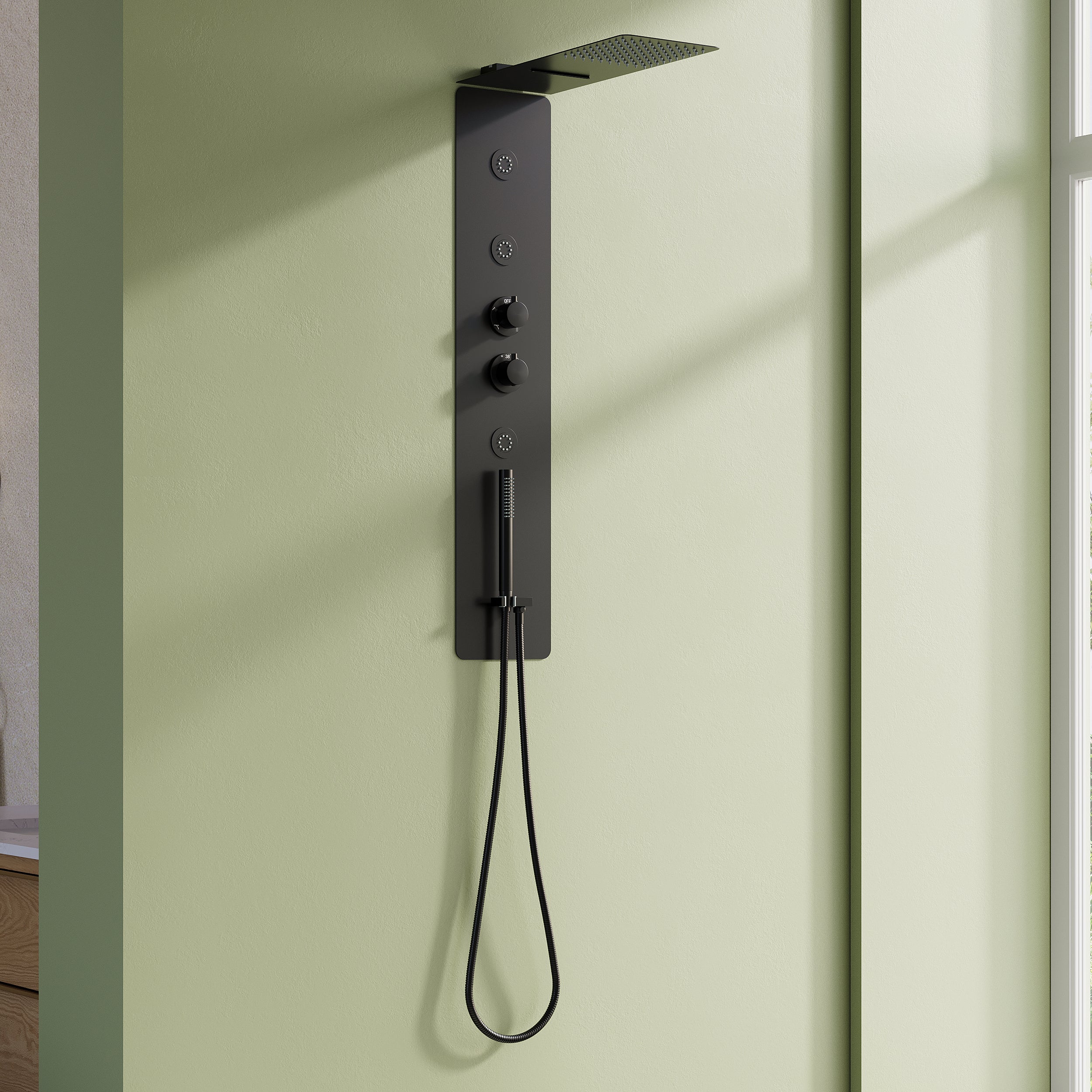








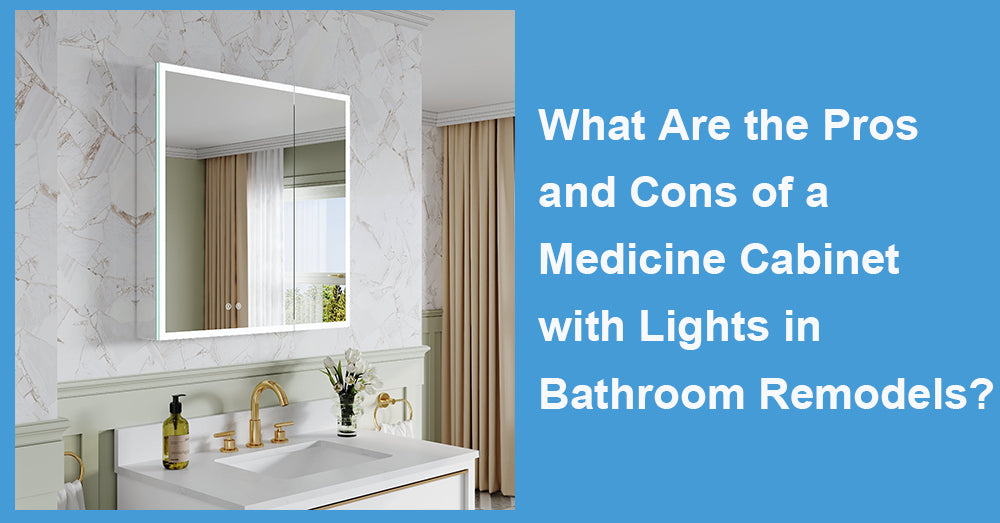
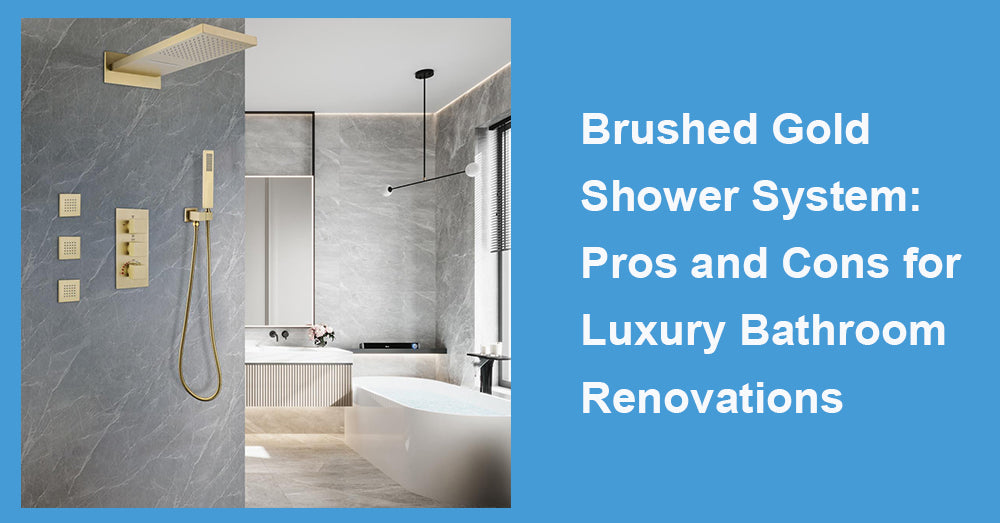
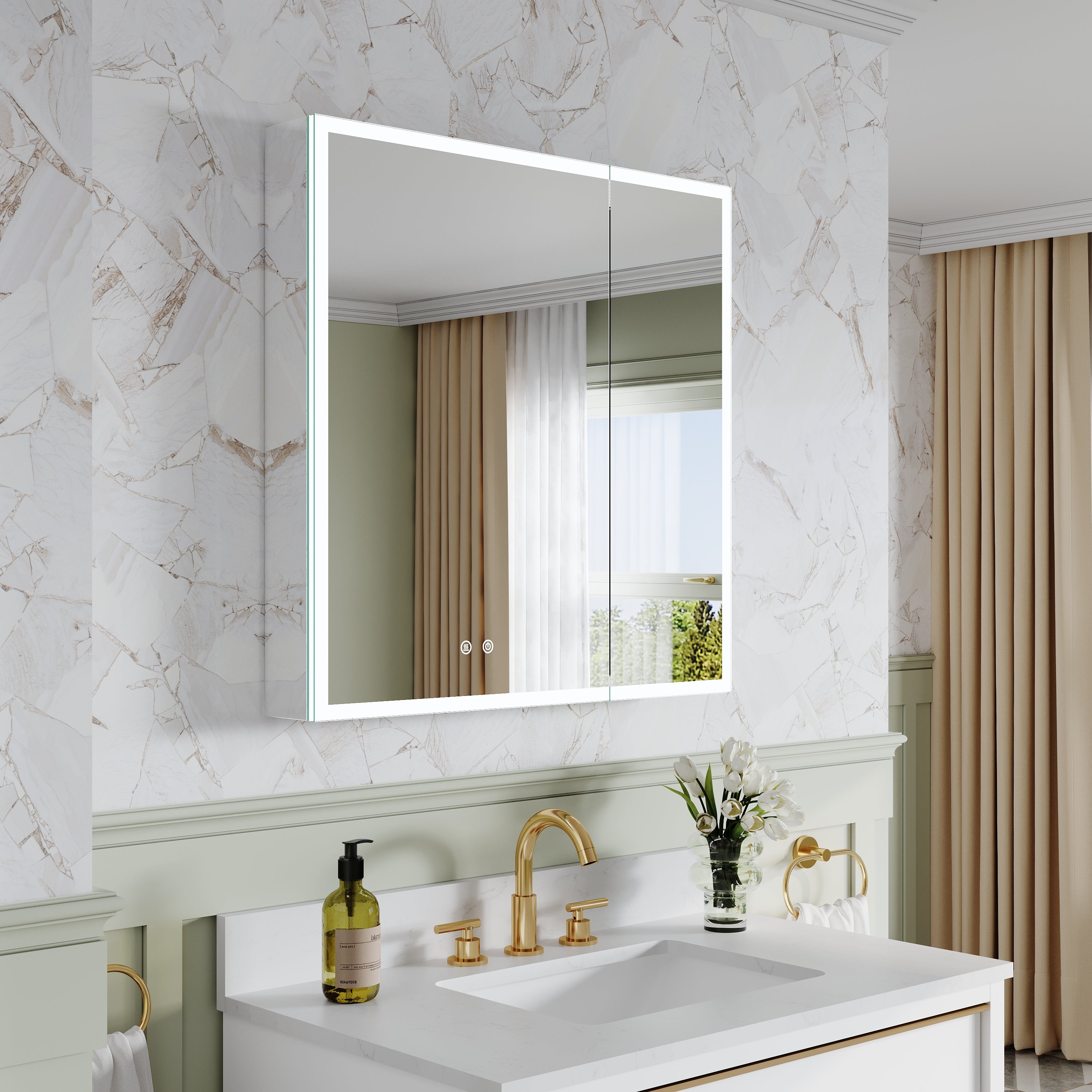
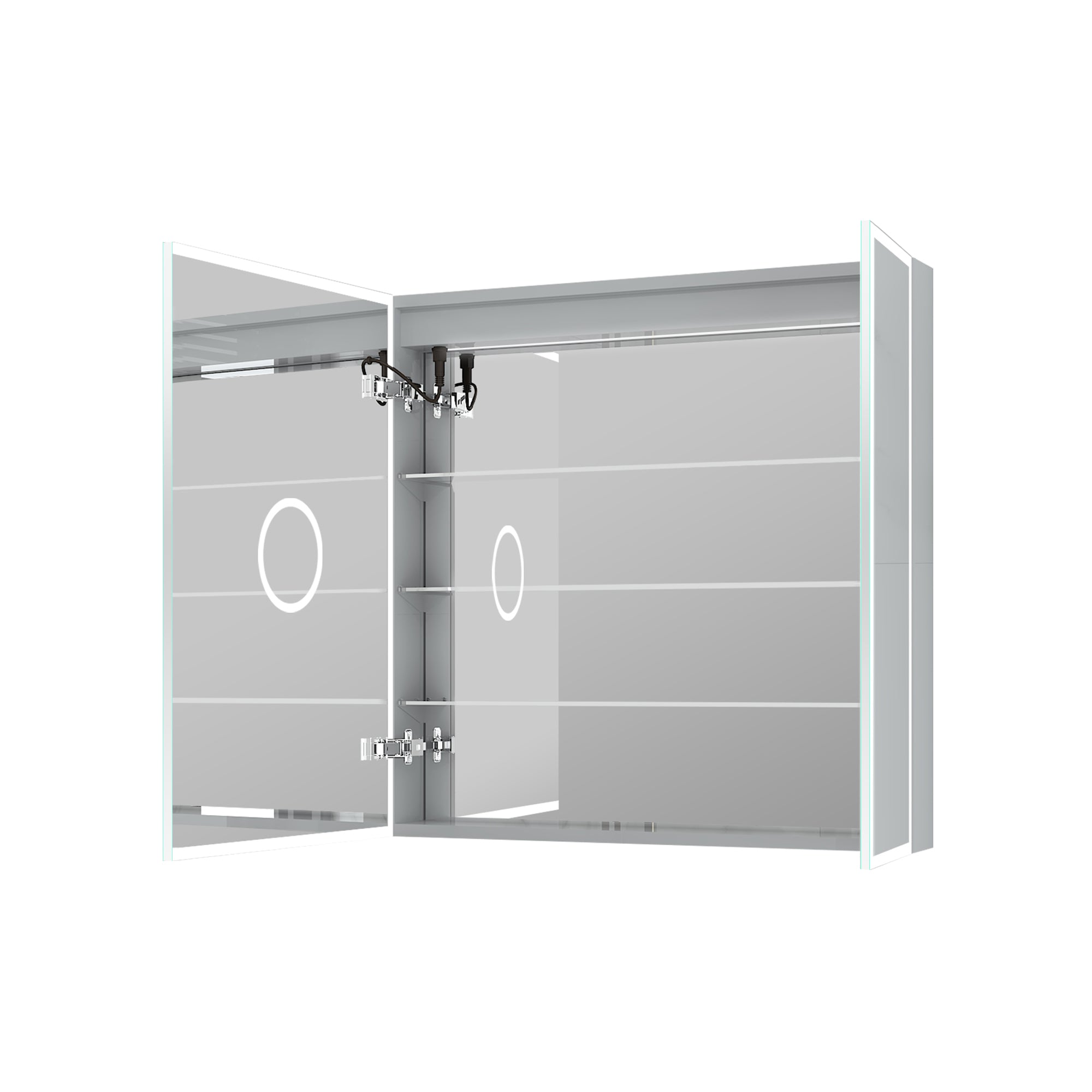
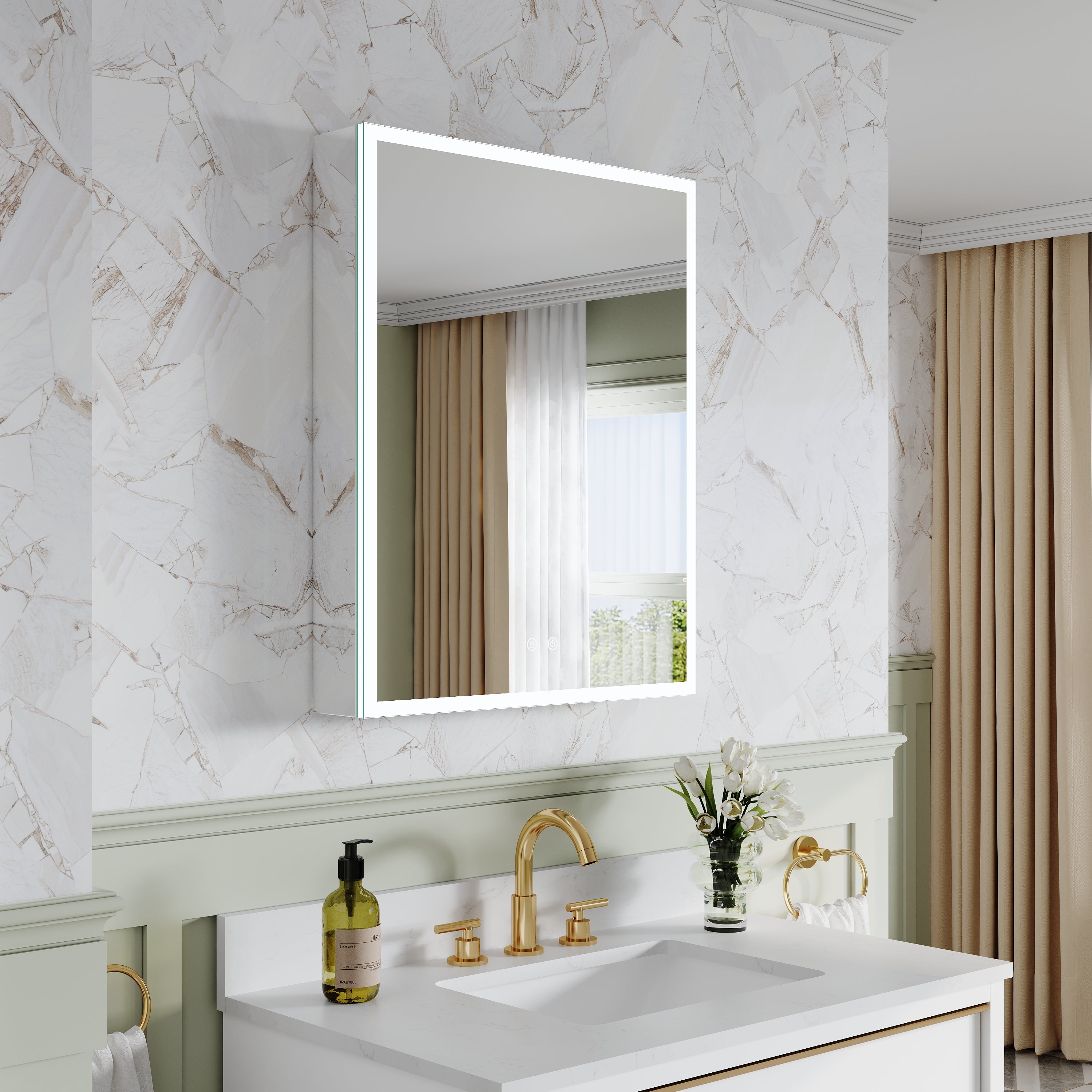
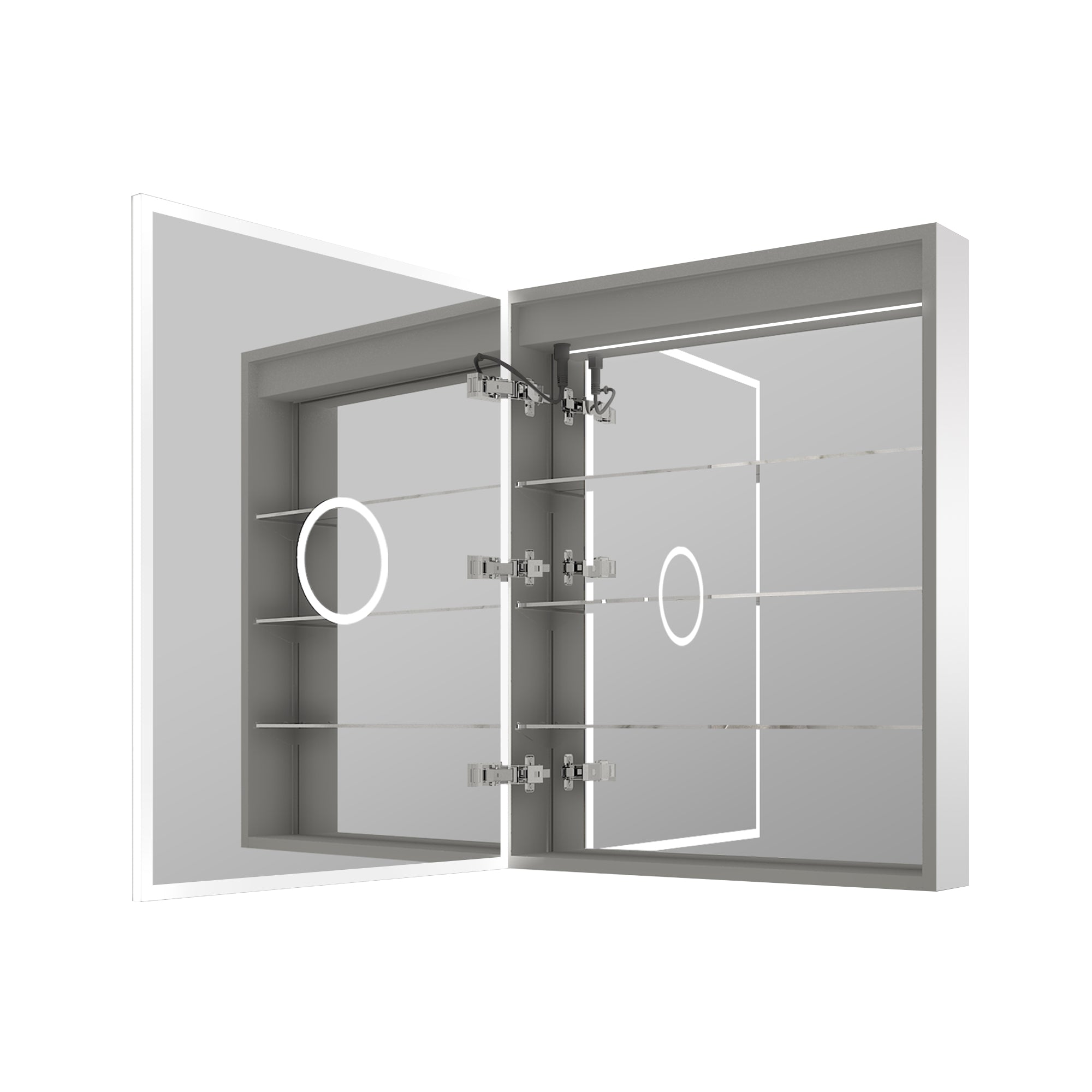
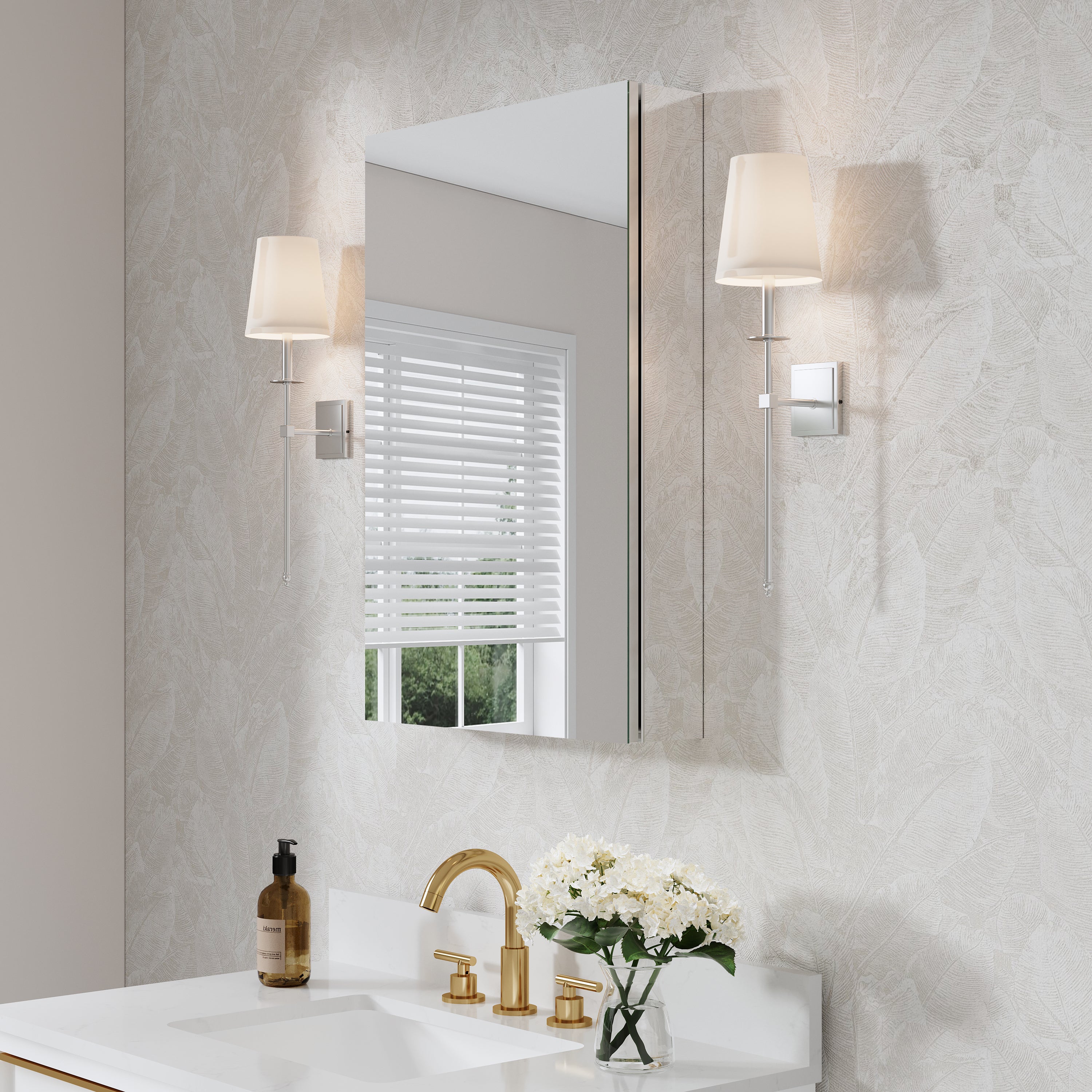
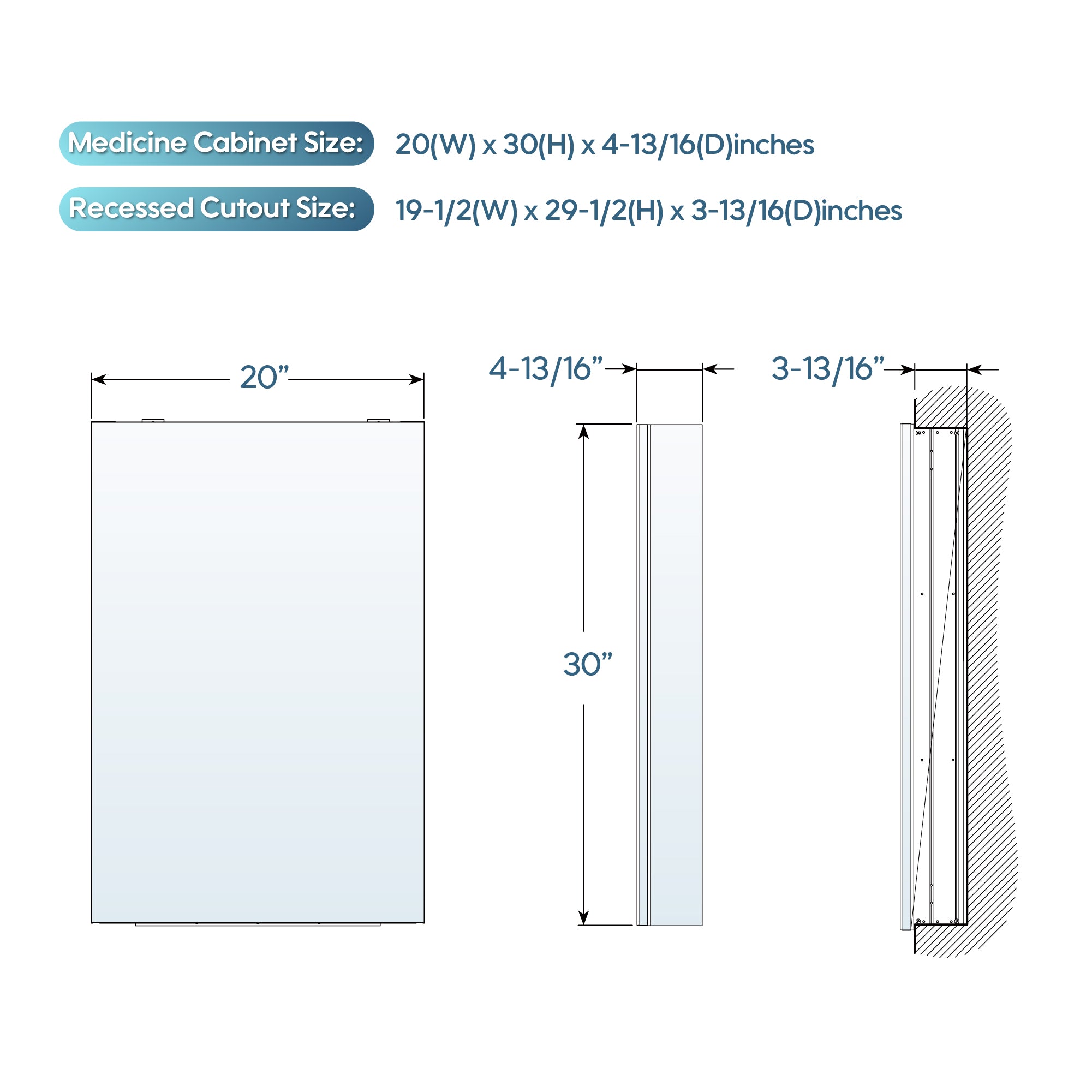
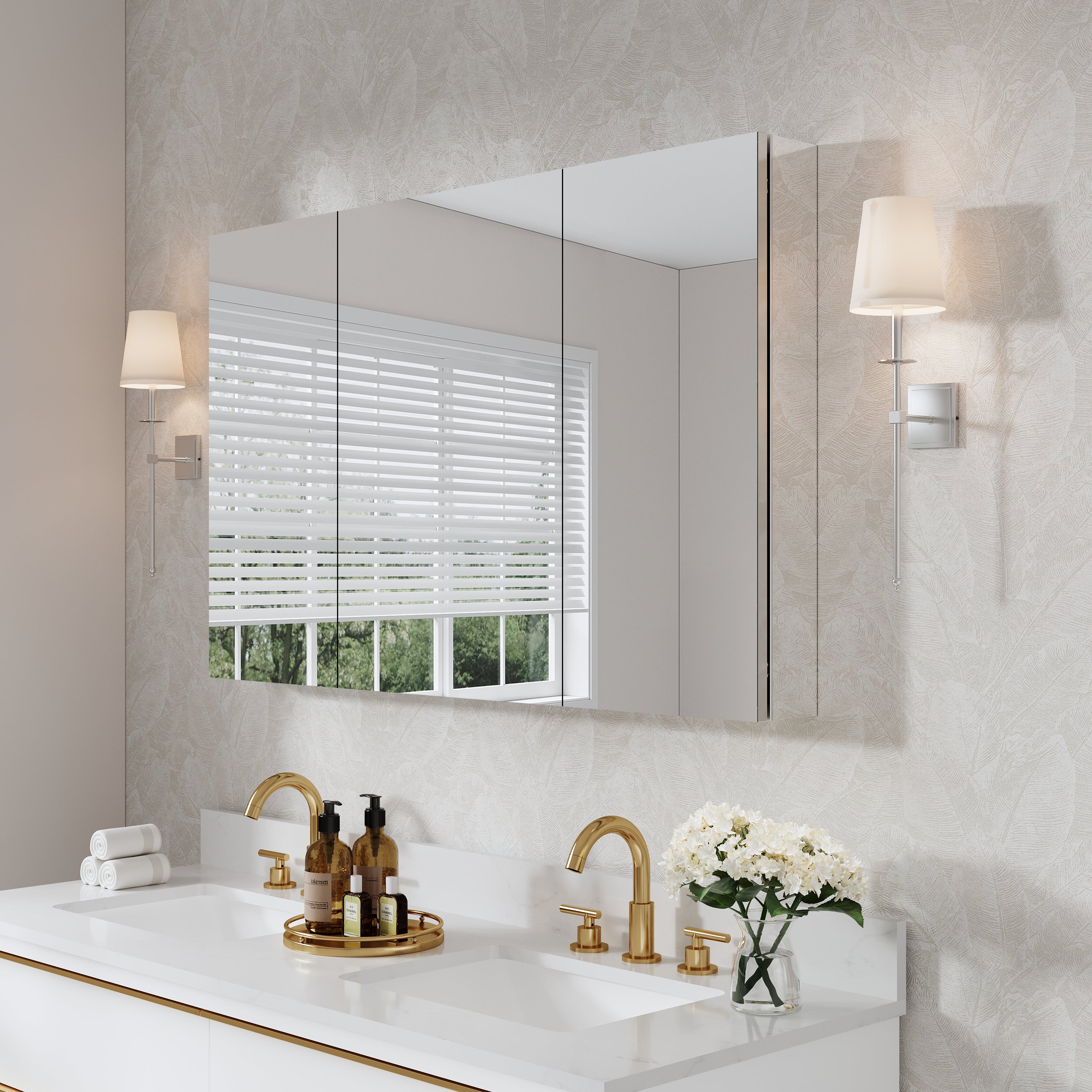
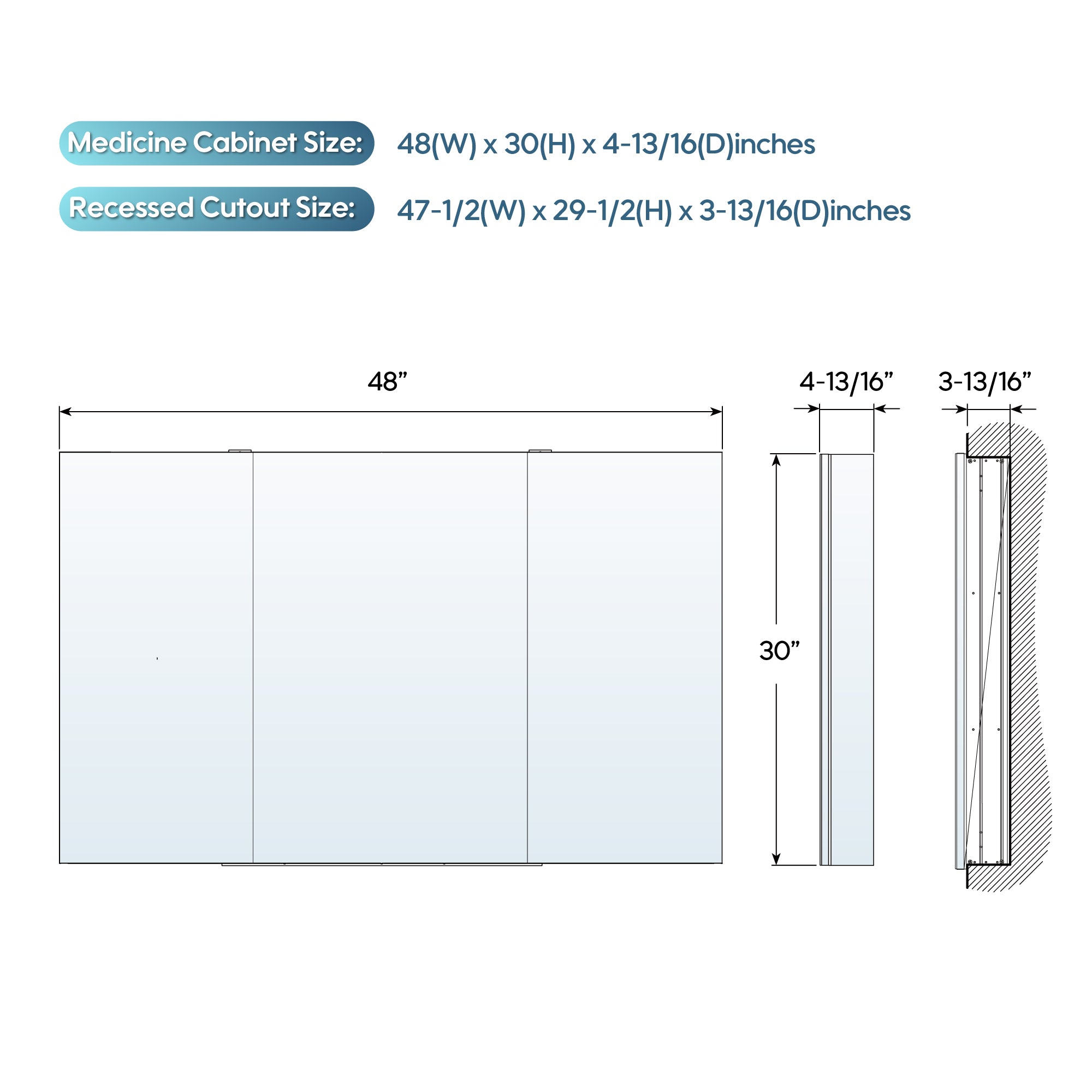
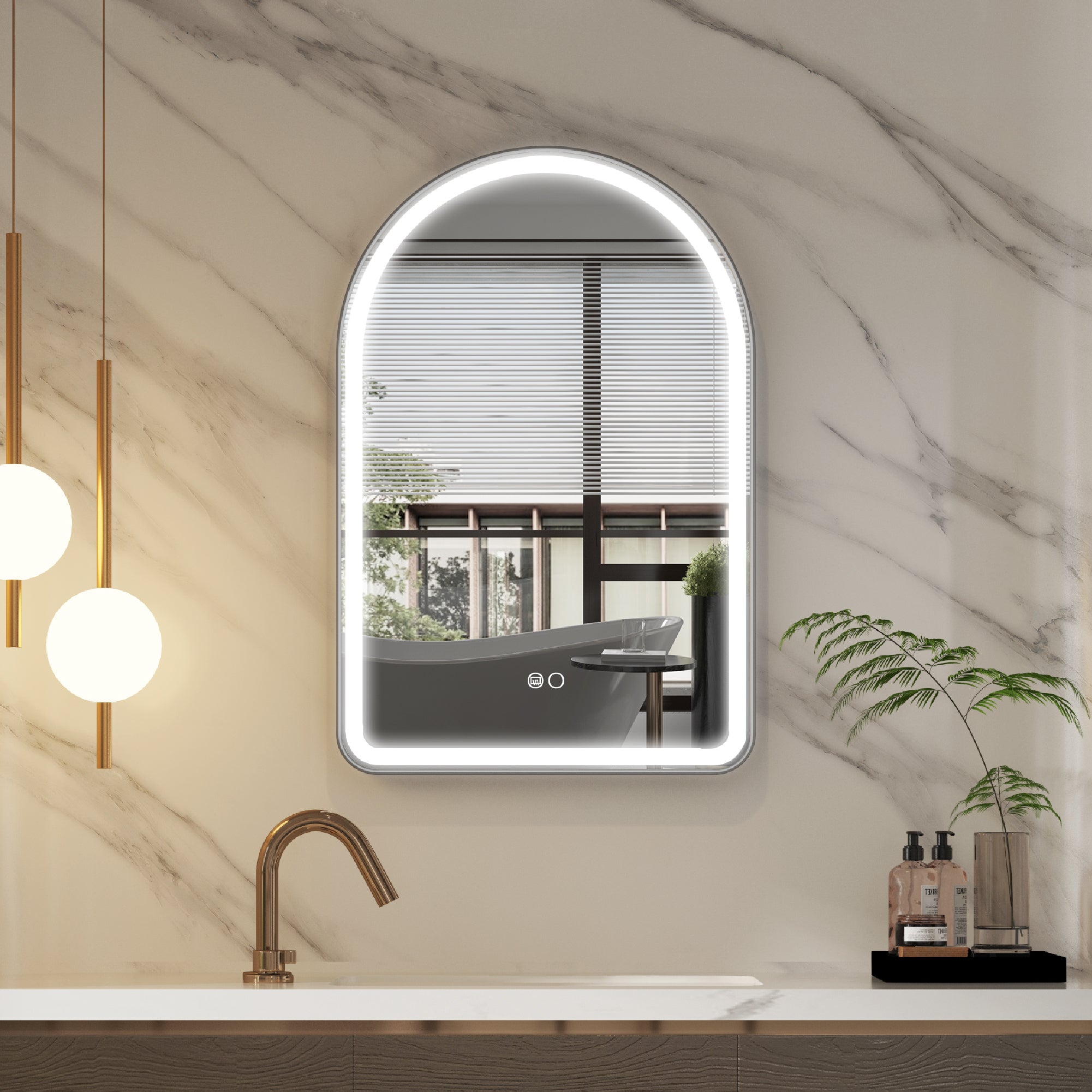
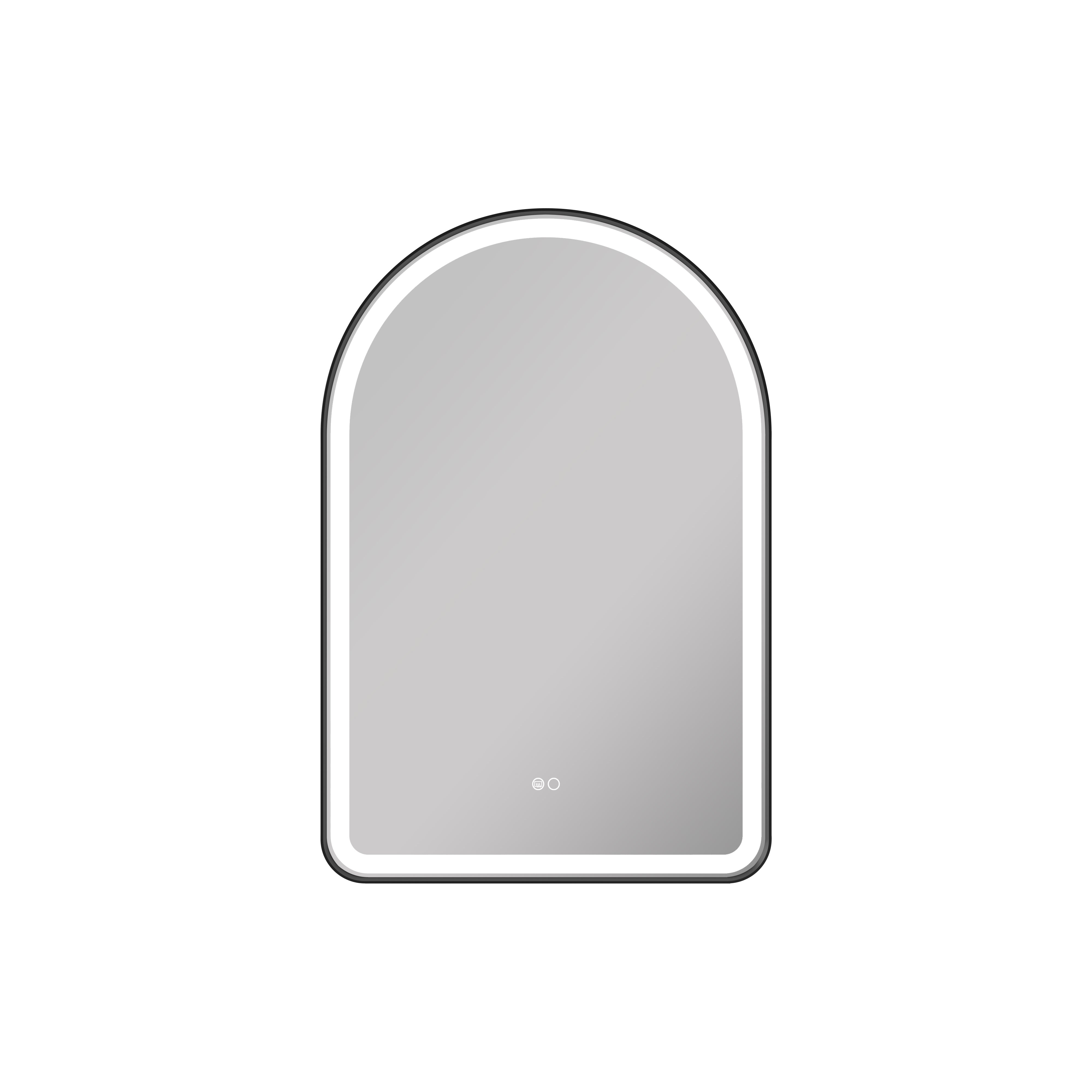


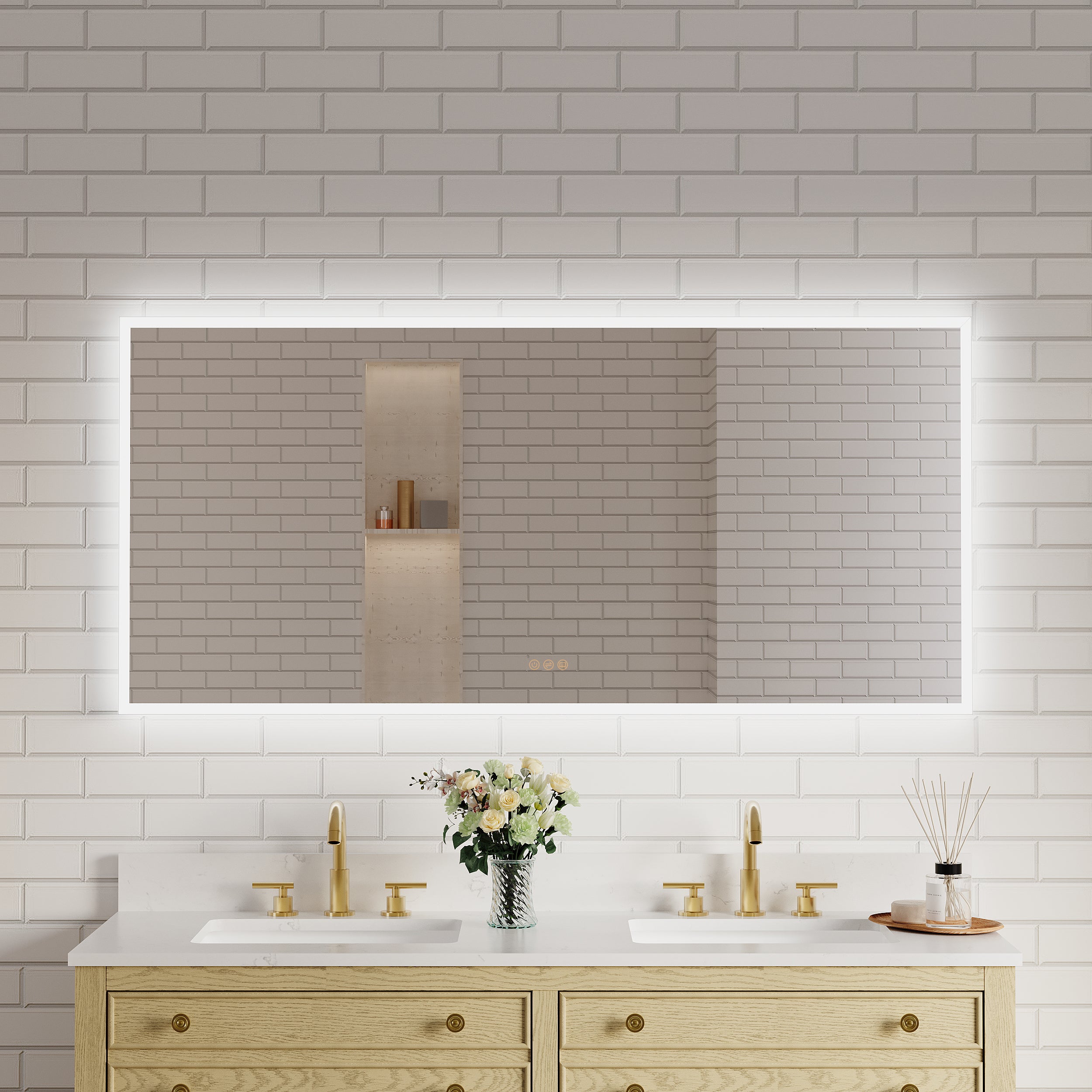

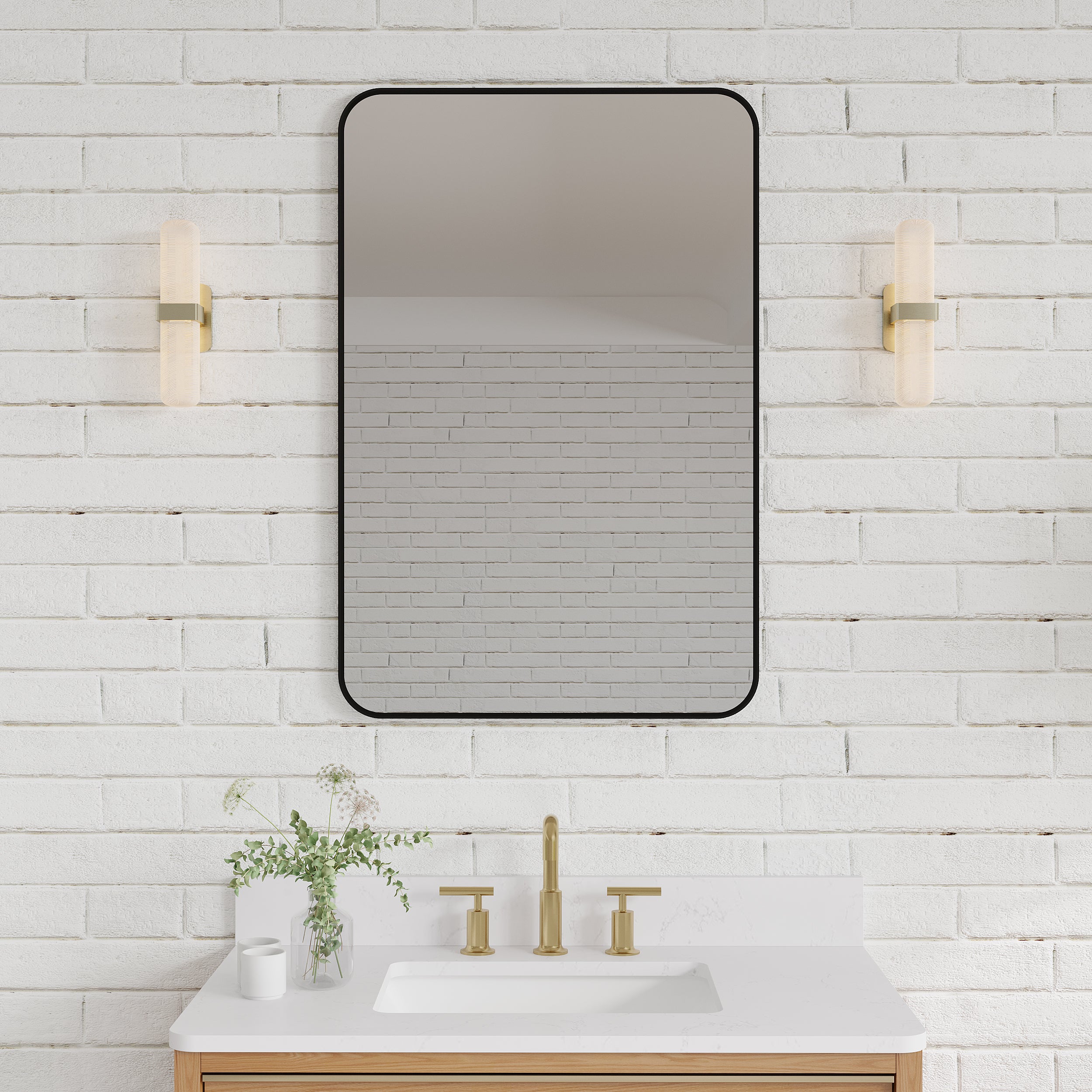

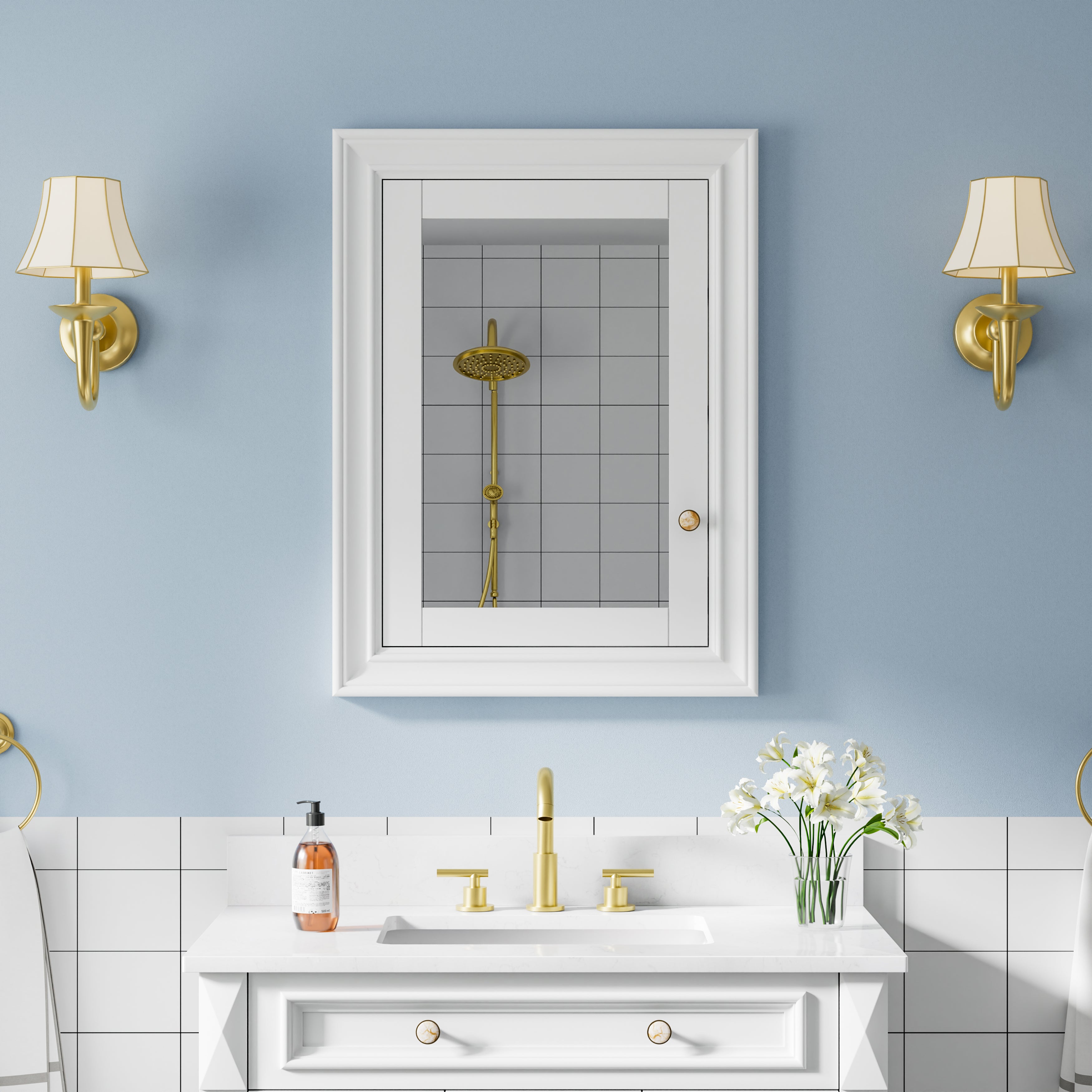
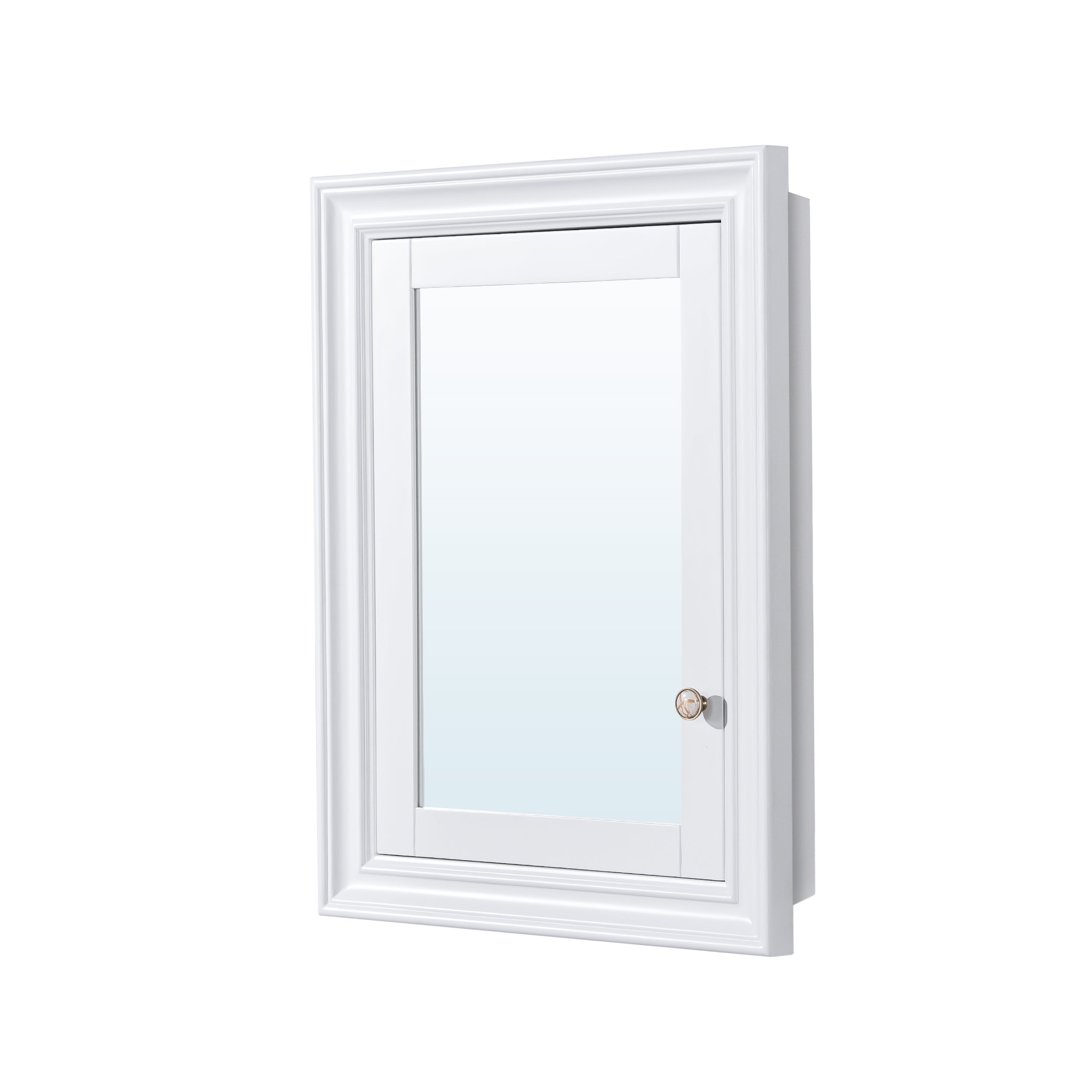










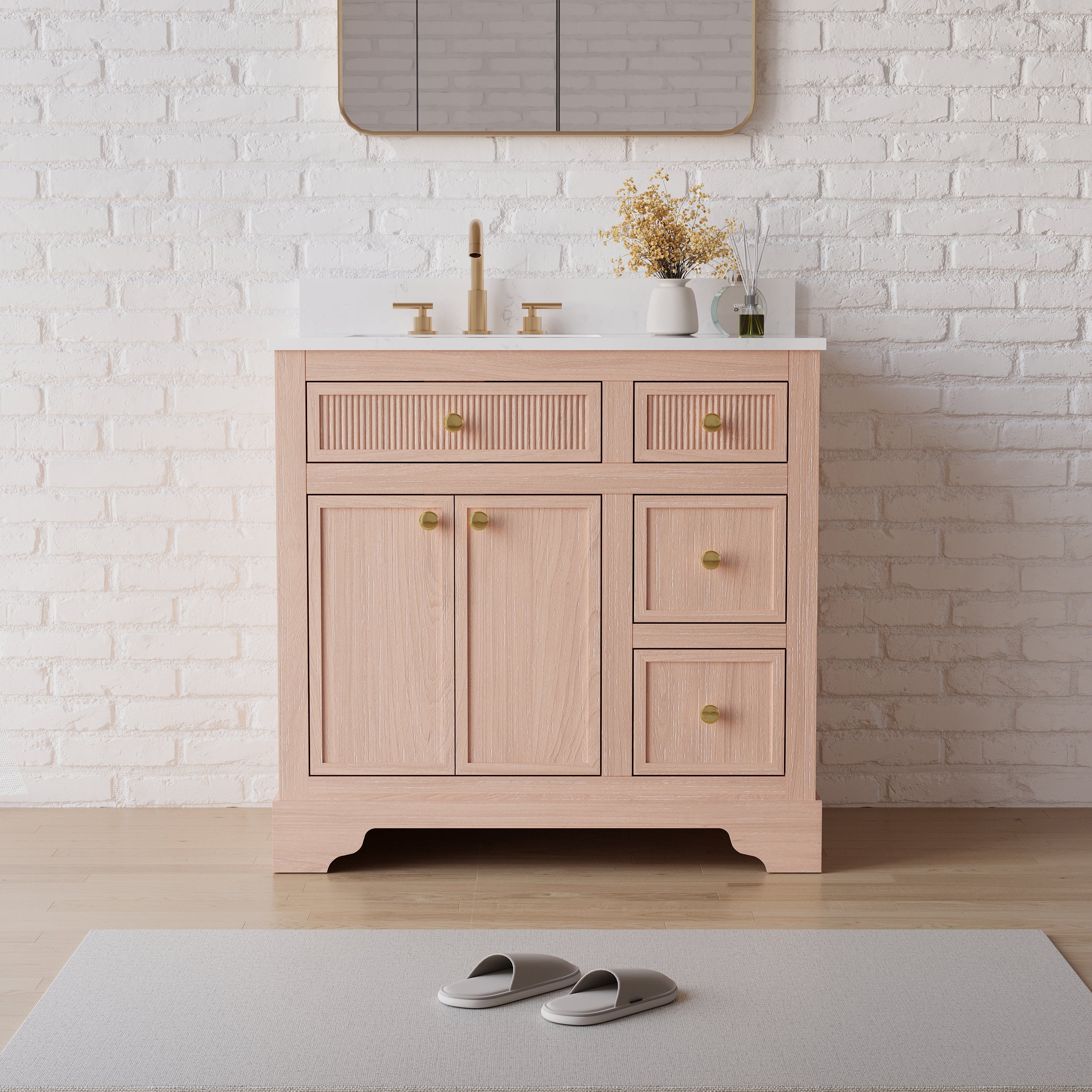
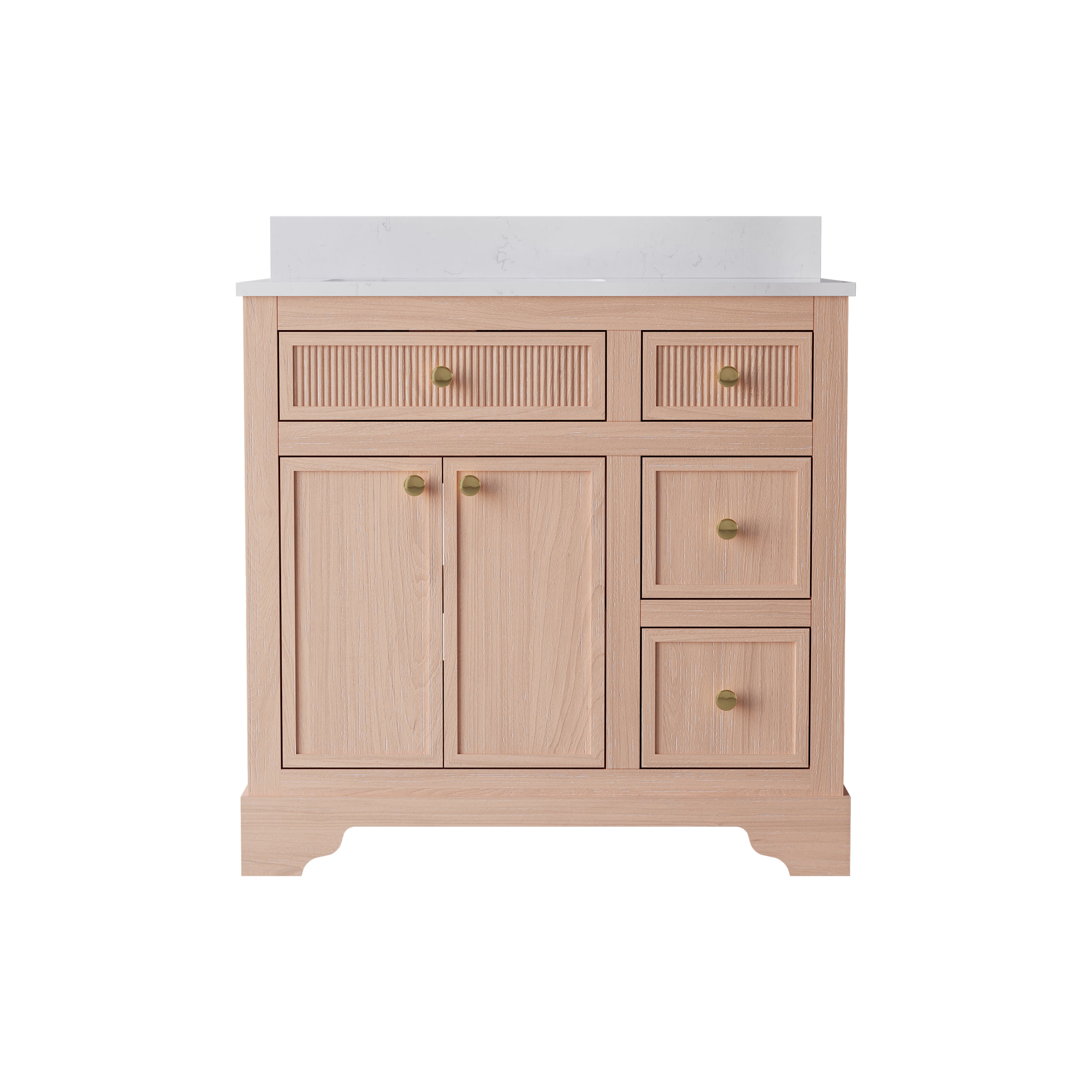
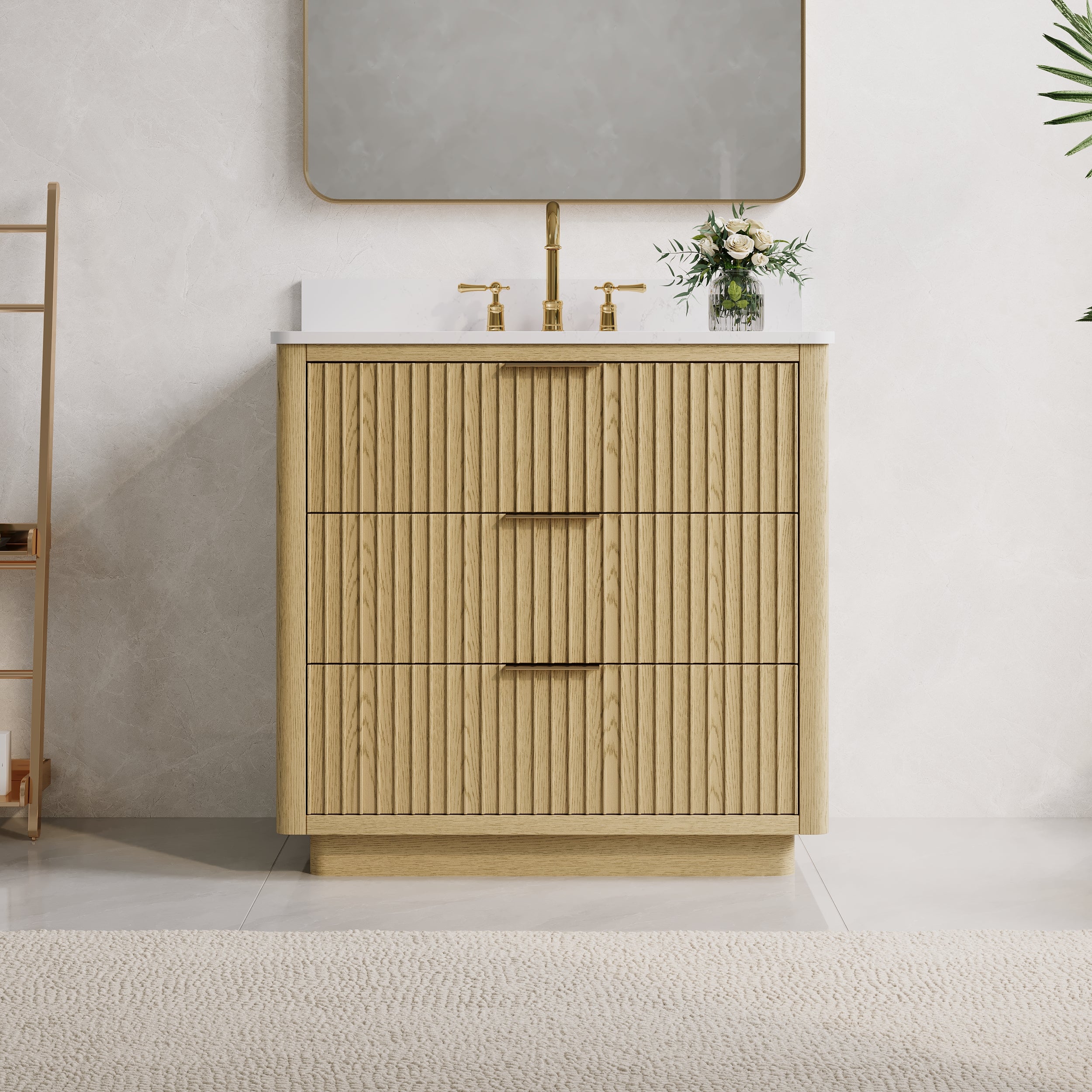
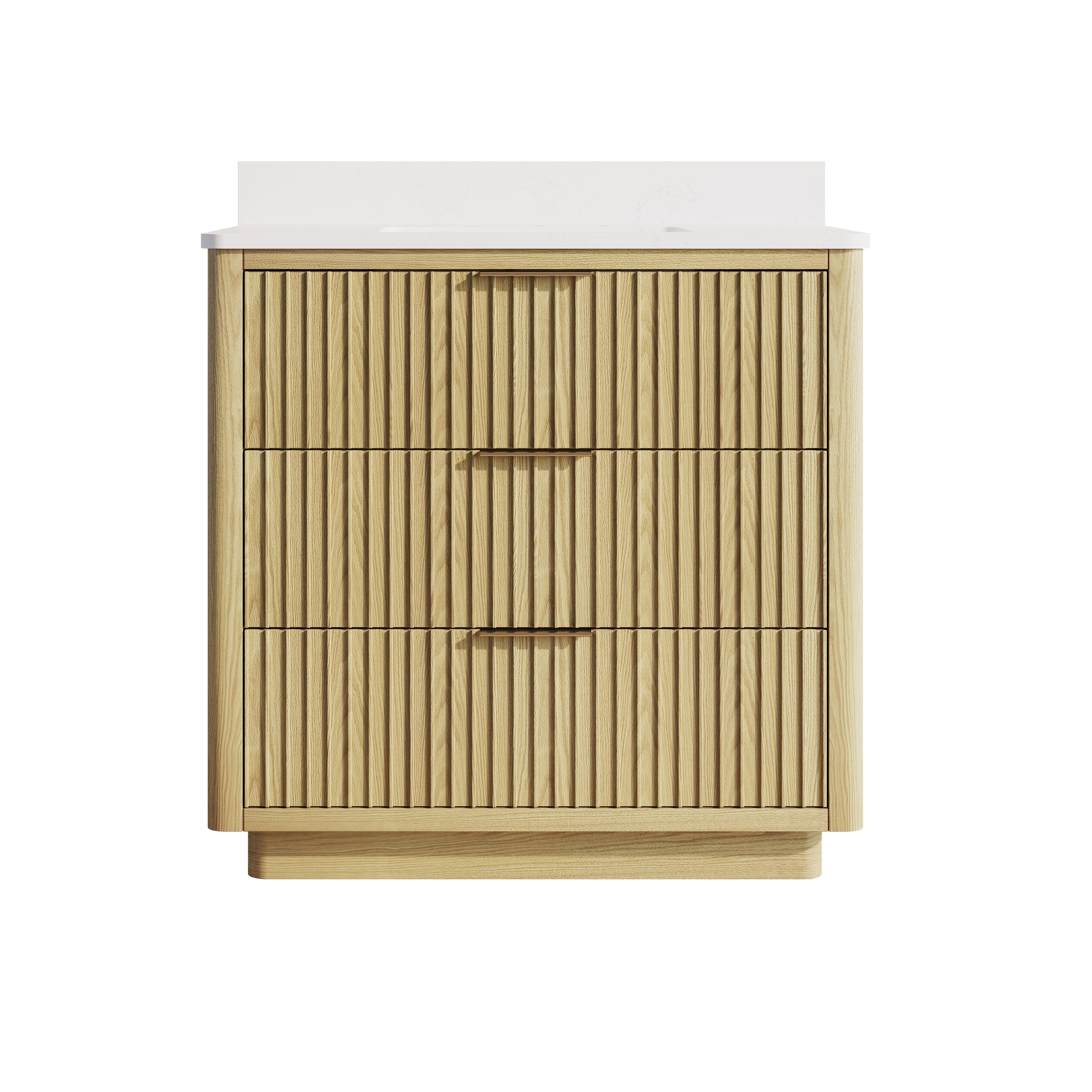
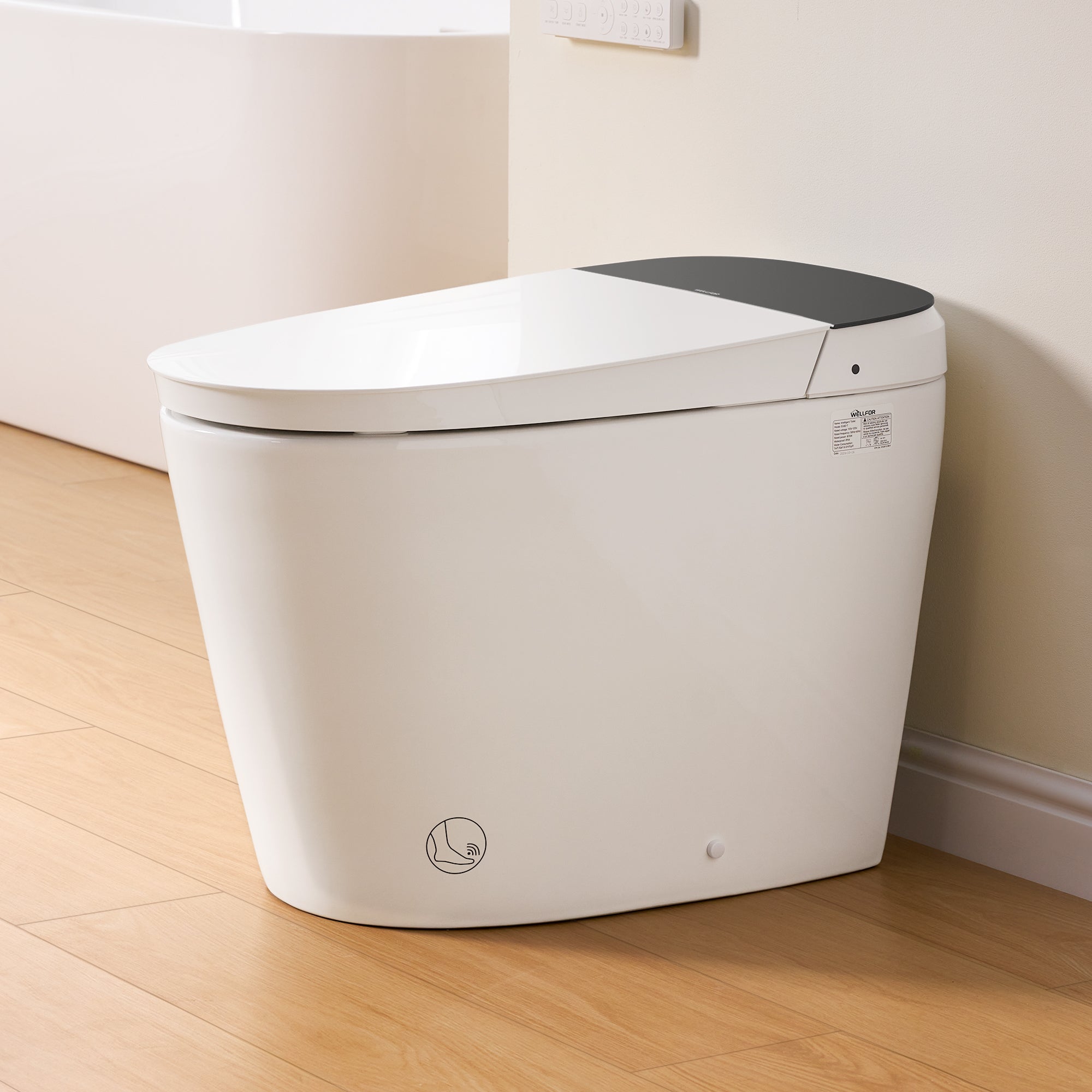
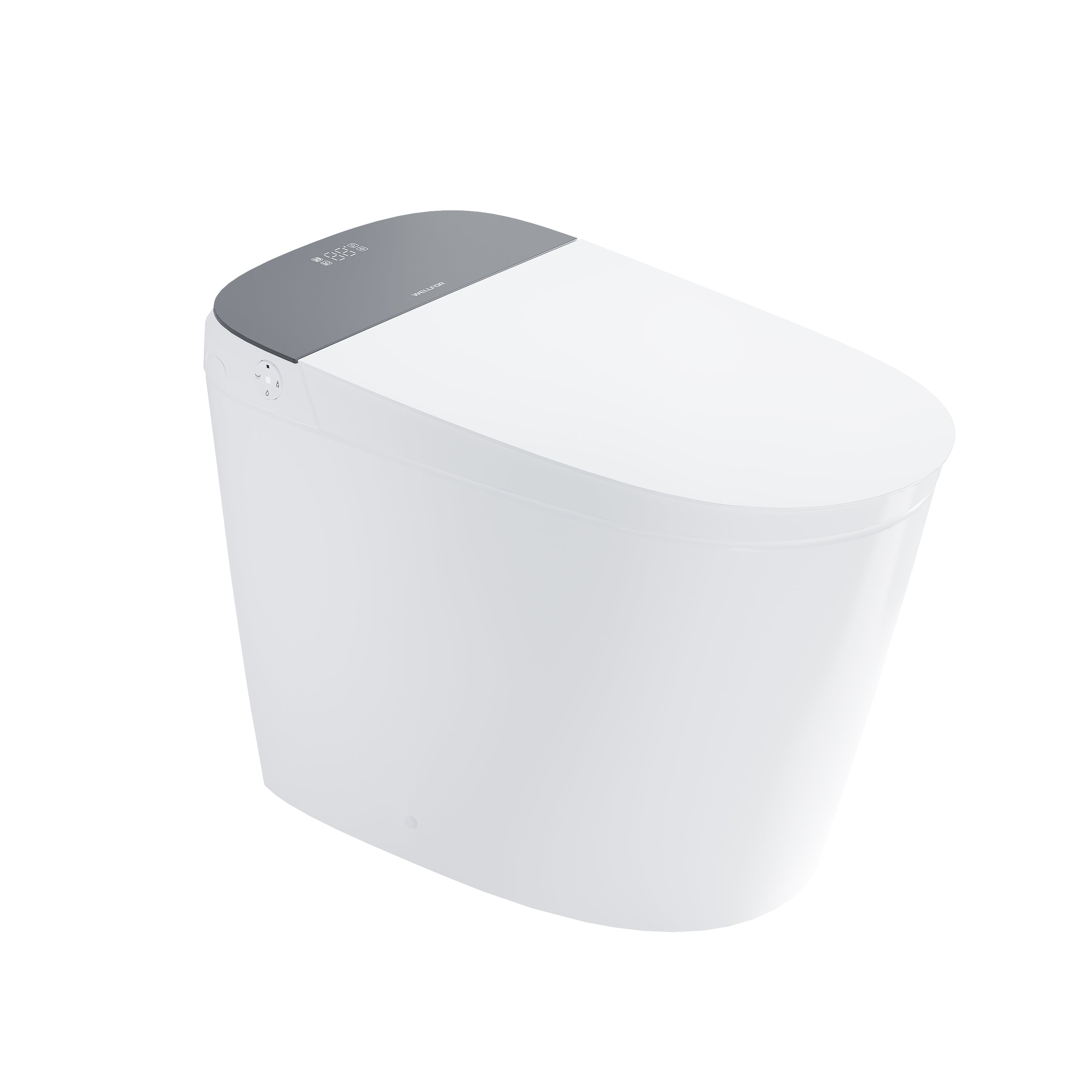
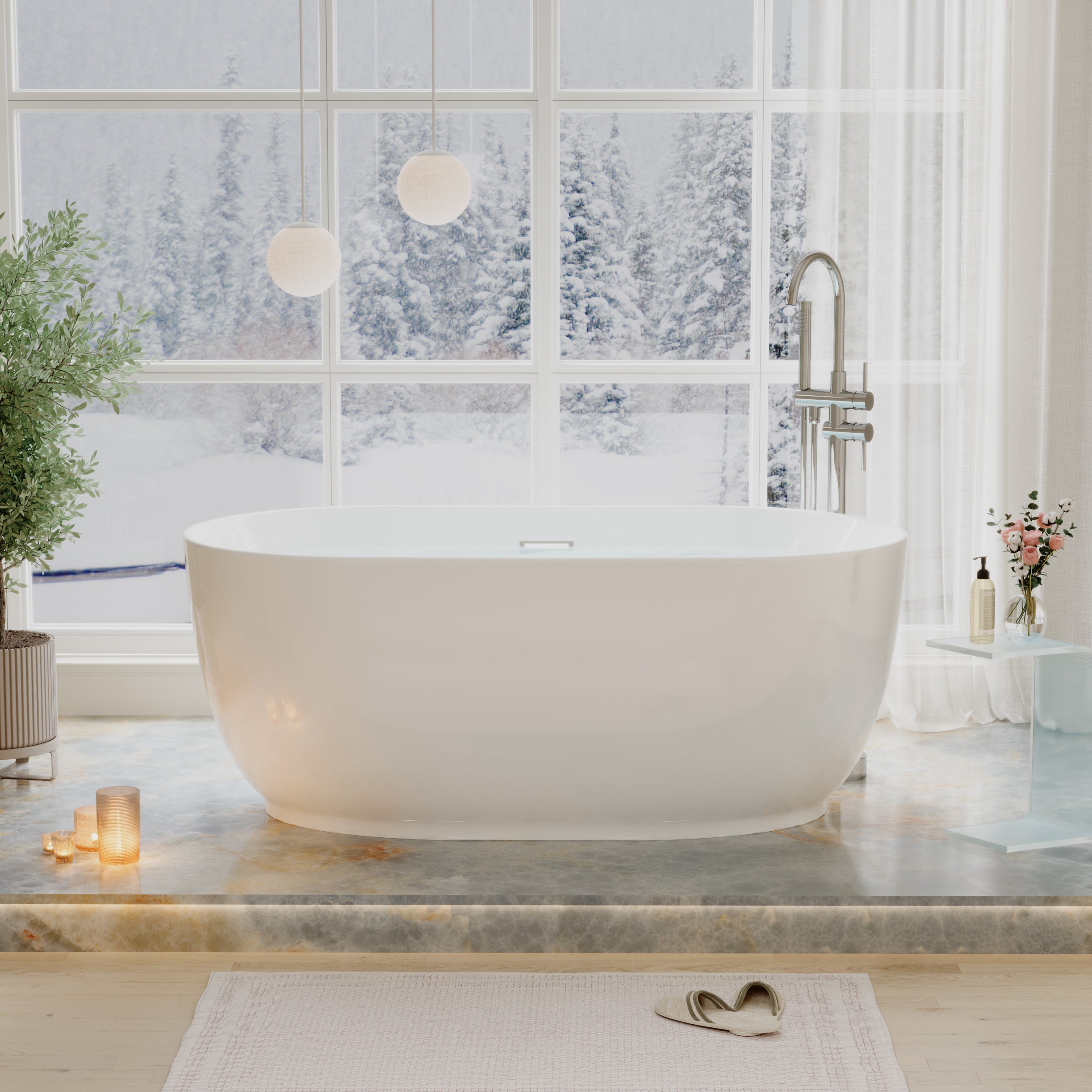
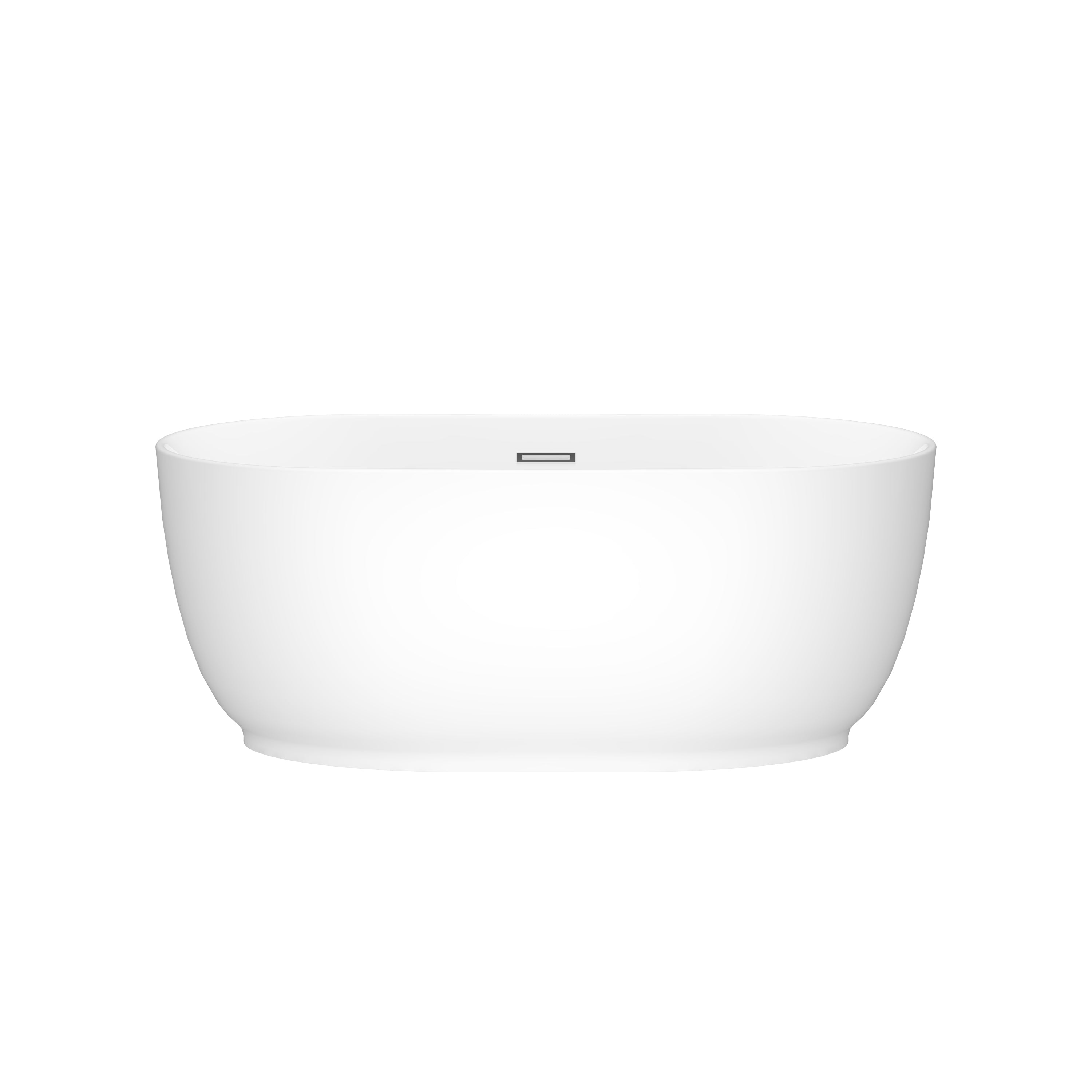
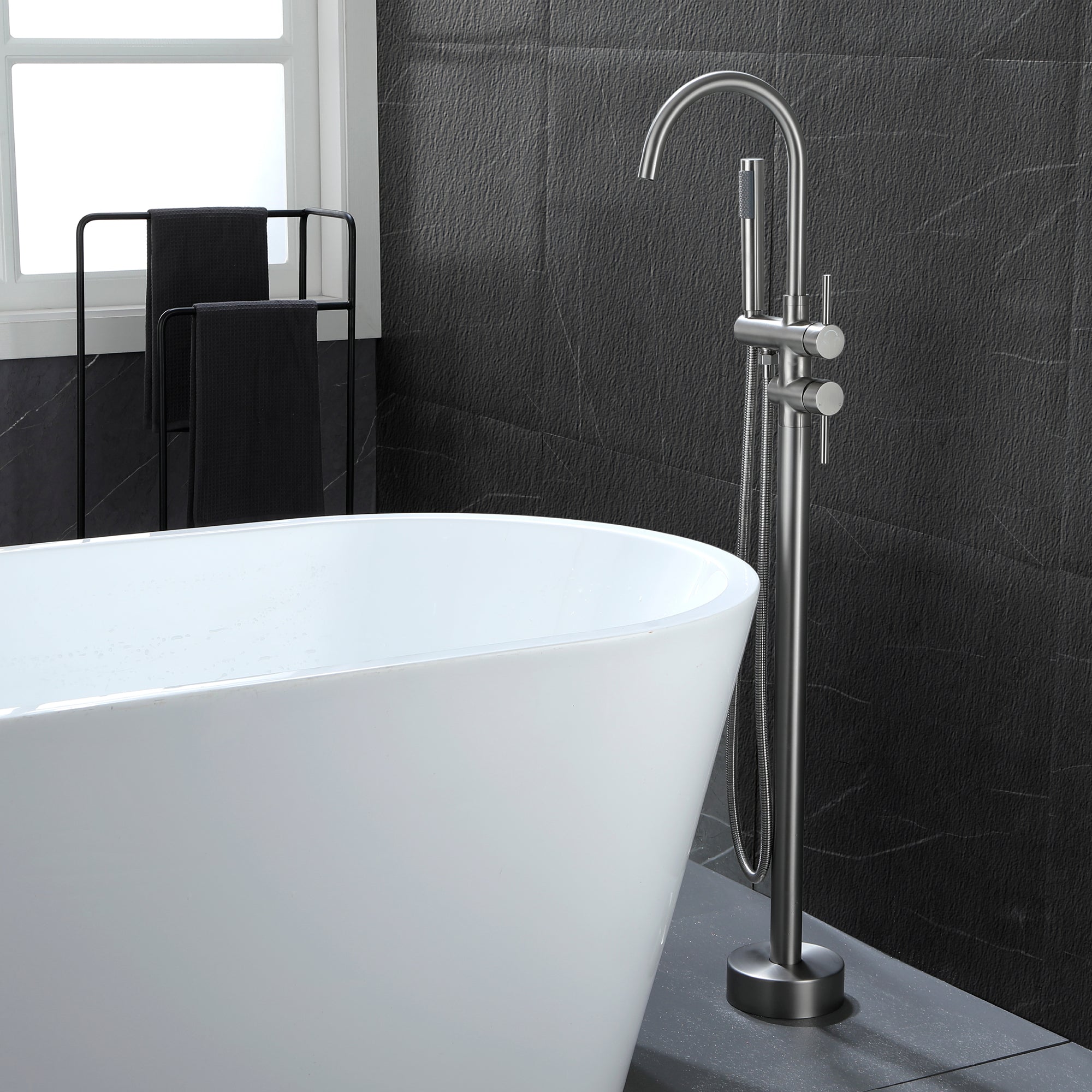

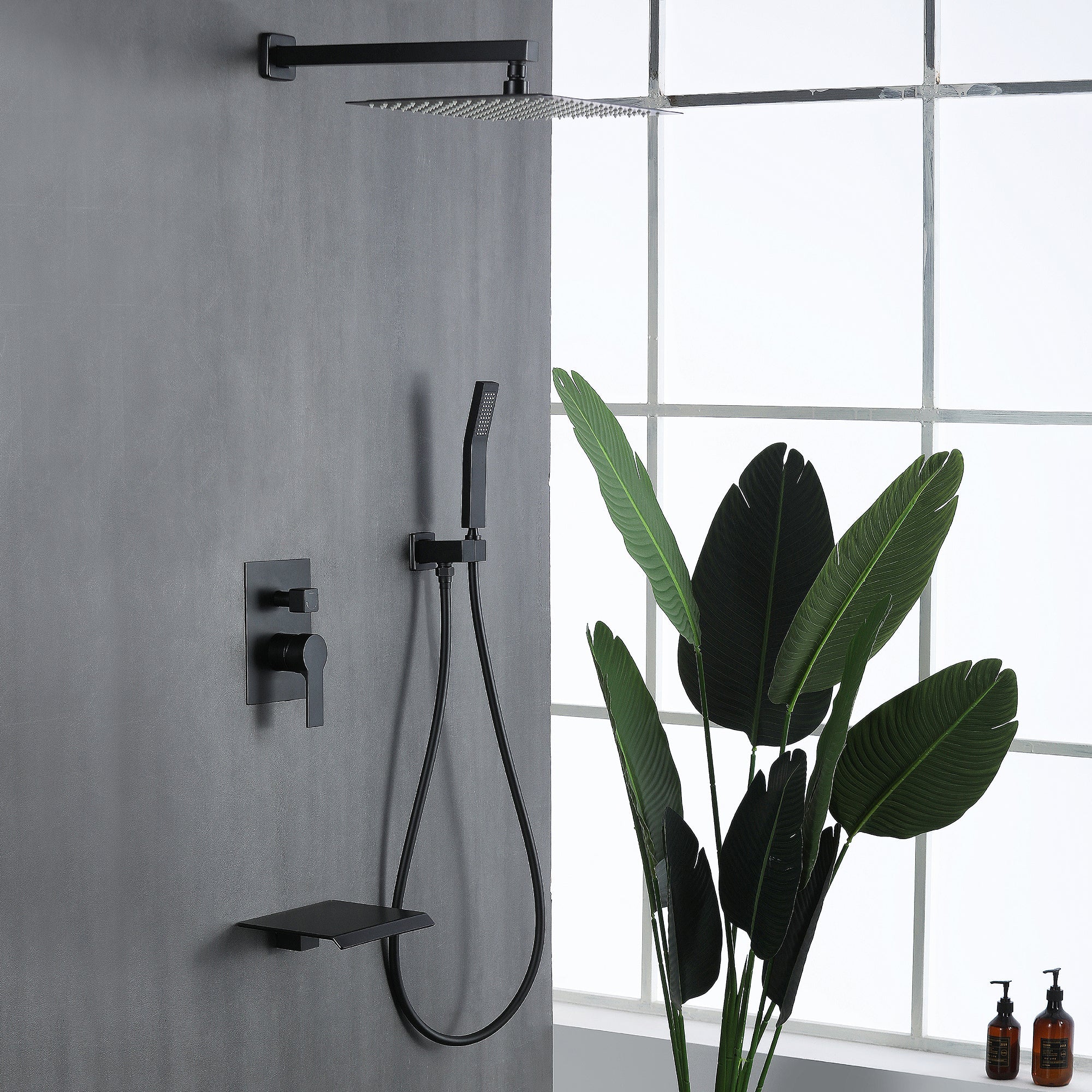
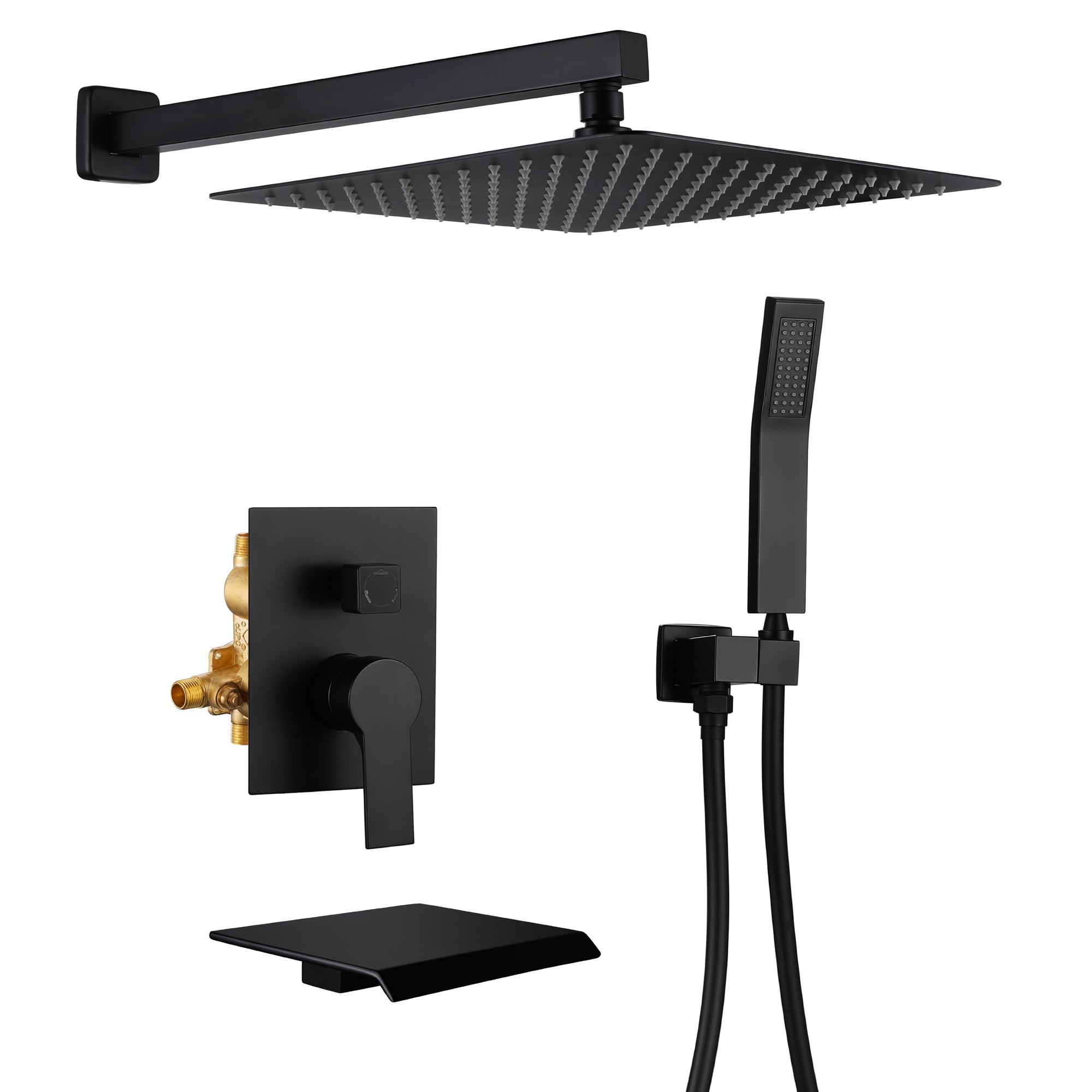
Leave a comment
This site is protected by hCaptcha and the hCaptcha Privacy Policy and Terms of Service apply.